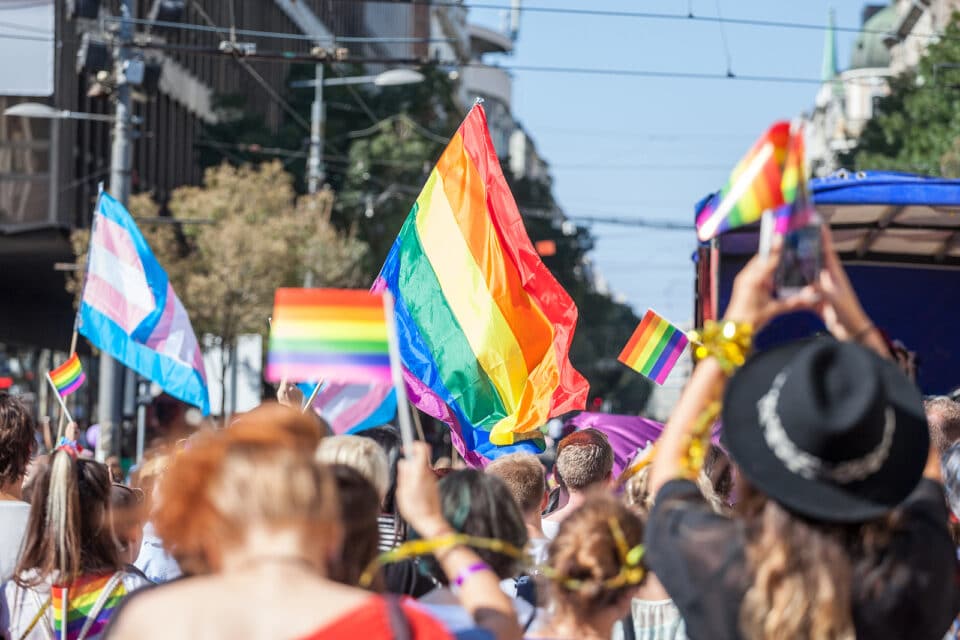Perhaps you’ve taken a stroll through Phoenixville, most likely Bridge Street, once or twice in the past few years. If so, you’ve definitely seen it take on a bit of a transformation. Compared to some of the surrounding Philadelphia suburbs with a similar “downtown feel,” Phoenixville is still missing a little pizazz.
Throughout the entire city there are certainly a great share of dining gems, outdoor adventure spots and festive happenings but if you’re confined to Bridge Street, which most visitors are, then you’re only walking a few blocks. Granted those blocks are filled with some of the most magnificent restaurants in Philadelphia, like Majolica.
In short, this is all looking to change in the near future with plans to develop 120-plus acres of unused land, which served as the former steel mill’s location, with apartments, specialty shops, offices and, most importantly, lively pedestrians.
If you’re from the area, you probably know the spot. Hidden behind a relatively dense row of trees, just a quick walk from the street that harvests Molly Maguire’s, Steel City Coffee House and PJ Ryans, is a vast area of unused dirt roads, lush flora (probably dry at this time), and a building left from the Phoenix Steel Company. When it shut down in 1976, the borough of Phoenixville went through a rough patch until the recent turnaround slowly started taking form. This potential development might be just what it needs for a full revival.
There are even talks of a minor-league baseball park being built. Borough Manager Jean Krack has very high hopes for the future of Phoenixville and similar surrounding urban centers. They are off to a good start, receiving the best finance bond ratings for a Phoenixville project in years and have a lot of support from community members. The first steel site project has already been approved by the borough, a 350-unit rental apartment by the Philadelphia-based BPG Development Co., and will break ground next Spring.
The parking issue has obviously been questioned since Phoenixville, as it is, can be clustered at times. With no parking garage, more traffic and no train station directly to the city, solutions like improving the current bus service have been tossed around. While that dilemma lies further down the road, there is definitely a world of potential for this “little town that could.” Young professionals are attracted to the area more and more each day, in part because of the surrounding pharmaceutical companies and other large employers along the Route 202 corridor.
The upscale apartments, thriving dining scene and boutique shops that are envisioned for this area will likely attract those professionals to live in, and consequently spend in, their hip close to “home” surroundings.
More on the development and quotes from those directly involved may be found HERE, at Philly.com.
Photos courtesy of Philly.com.



